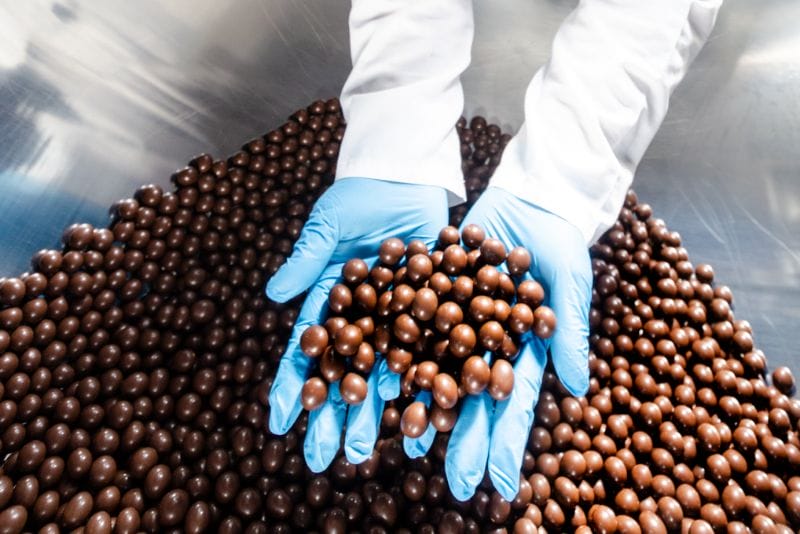MARCO ISLAND, FL — Things don’t always go as planned in the baking industry. No one knows that better than Karl Thorson, global sanitation and food safety manager for General Mills. But he says there are ways to mitigate possible risk that costs time and money — including early management, minimizing food safety risk and identifying efficient cleaning methods.
Thorson elaborated on these ways to decrease risk during the BEMA Convention: Workforce Edition, a digital program that complements the in-person event being held from Wednesday to Friday this week in Marco Island, FL. He introduced a concept in his presentation today called an overall risk assessment (ORA), which helps companies achieve these goals and keep their operation going.
An ORA is a checklist that identifies key leaders in a project and their responsibilities. It features questions to get project managers and operators thinking about what they need to do and when they need to do it, and how different departments can work together to execute everything seamlessly — especially when it comes to food safety and sanitation.








